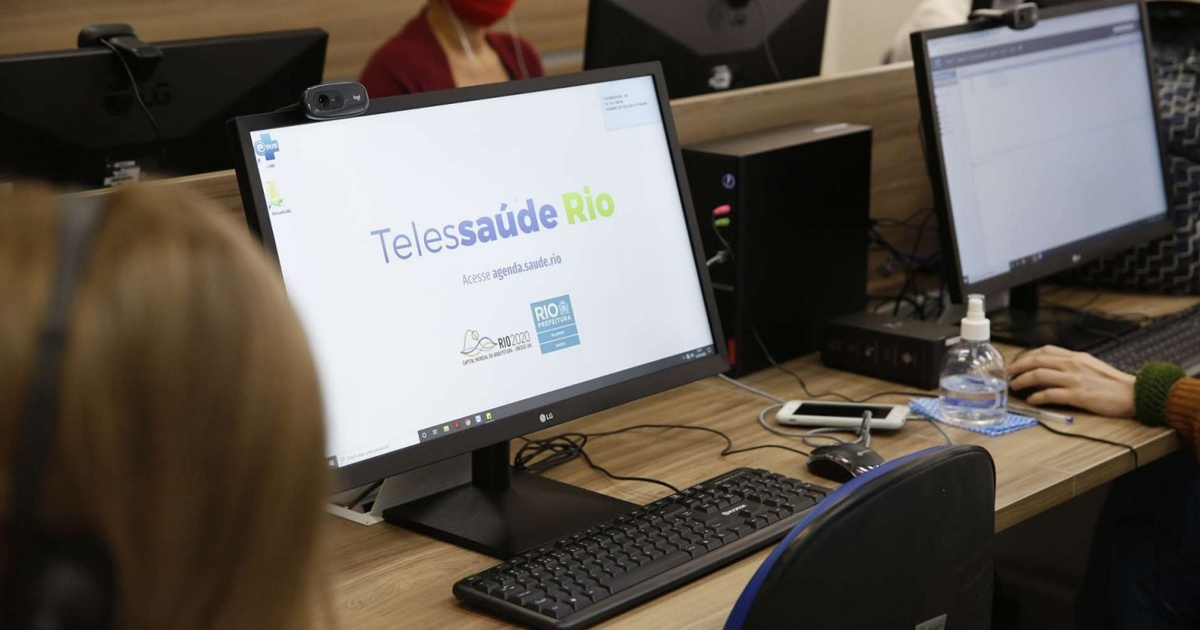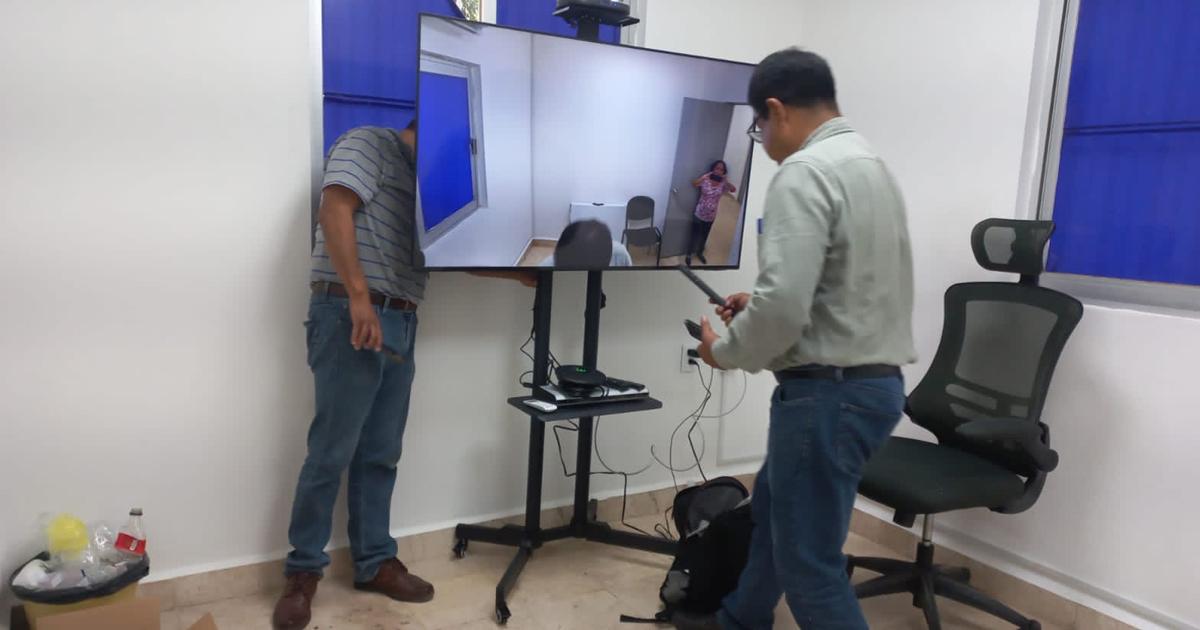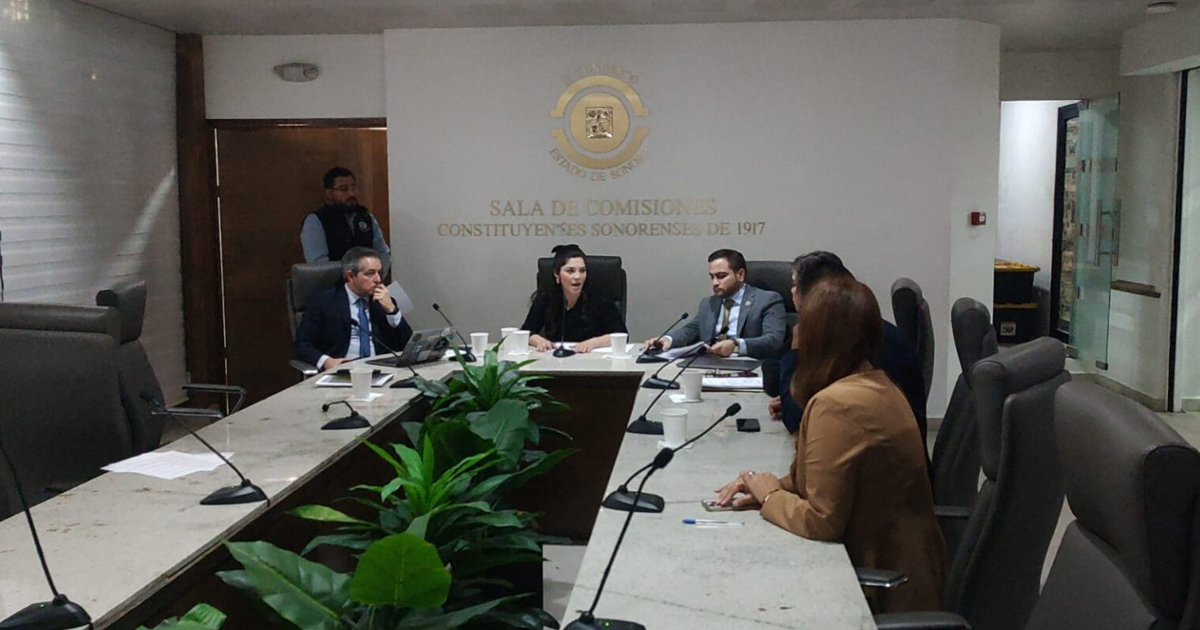Cinco científicos argentinos desarrollaron esta novedosa tecnología de prótesis personalizada que tiene como base la impresión 3D.
Científicos del Consejo Nacional de Investigaciones Científica Técnicas (CONICET), idearon un sistema de reconstrucción de tejidos óseos debilitados o dañados. A través de la impresión en 3D de injertos de andamios de hueso, esperan que sea posible la reconstrucción ya sea por enfermedad o accidente, dejando atrás los injertos de metal.
Este avance fue expuesto durante la competencia 100k LATAM que organizó el Instituto de Tecnología de Buenos Aires (ITBA) y el Massachusetts Institute of Technology (MIT).
Leandro Monsalve, ingeniero especialista en nanopartículas y desarrollador de esta técnica, mencionó que hay diez años de investigación básica atrás del desarrollo de este sistema cuyo resultado final es la generación de un andamio biodegradable que, mediante filamentos osteoconductores, permite que la pieza ósea dañada se regenere en forma natural. Además, explicó que es un sistema único en Argentina.
La particularidad de esta innovación consiste en que la investigación realizada buscó las mejores alternativas para que los andamios impresos sean aceptados por el organismo del paciente. Es ideal para personas que hayan sufrido accidentes de tránsito, incluso ayuda a reducir costos y tiempo de recuperación.

Este sistema representa un avance importante en la medicina regenerativa en Argentina, ya que puede ofrecer bajos costos a comparación de otras alternativas convencionales que requieren de múltiples cirugías.
Los miembros del equipo han iniciado pláticas con la Administración Nacional de Medicamentos, Alimentos y Tecnología Médica (ANMAT), y con directores de diversas instituciones de salud para comenzar a aplicar esta innovación en pacientes.
HEALTH CARLOS SLIM
INVESTIGACIÓN Y DESARROLLO







